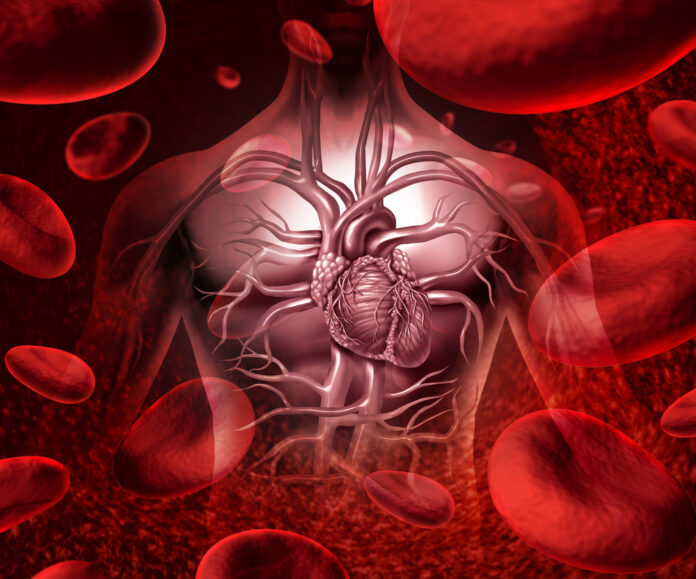Facing Stem cells have enormous potential for curing some of the most disabling diseases and injuries. However, many challenges have not yet allowed this type of treatment to reach its full potential and become widely used. To advance the field, essential issues regarding immunological rejection, manufacturing, ethical and regulatory concerns, genetic instability, and much more should be met. Overcoming these barriers will advance safe and effective stem cell therapies that will revolutionize medicine.
Immunological Rejection
Among the major challenges, immunological rejection ranks amongst the most significant impediments to Facing Stem cell transplantation. Suppose stem cells from a different source are transplanted into the body of a recipient. In that case, the immune system of the recipient may identify these cells as foreign antigens and eliminate them by attacking them. This often leads to rejection of the transplanted stem cells, and thus, the need to replace them arises frequently. Immunosuppressive drugs can be used to suppress the recipient’s immune system and this will help to prevent rejection of the donor cells. While the drugs are effective, their long term use poses serious complications such as infection. Researchers are looking for ways to protect stem cell transplants from being rejected by the immune system. Additional work on the immunological compatibility of stem cell transplants and a different approach is also required.
Manufacturing and Quality Control
The quality of stem cell products can only be achieved by maintaining high levels of quality assurance in the manufacturing process. However, the challenges that it brings entail certain barriers. Culturing stem cells and still having them remain capable of differentiating into many lineages is inherently challenging. This gets compounded when one is trying to scale up for industrial production. Institutions like the Stemaid Institute are at the forefront of addressing these challenges by focusing on rigorous quality control and innovative research. Furthermore, risks of contamination by unwanted chemicals or pathogens can be especially damaging to the stem cells and may even compromise their functionality and stability. Lack of quality control at every stage of the manufacturing process, from sourcing the cells to transportation and storage, poses a significant risk. Further studies on increasing efficiency and implementation of the large-scale culture of cGMP-compliant clinical-grade stem cells are needed to address manufacturing issues.
Ethical and Regulatory Issues
The use of embryonic Facing Stem cells raises ethical concerns, particularly regarding the sourcing of these cells. Furthermore, the rules surrounding stem cell therapies remain ambiguous to this date, and this results in geographical disparities regarding which treatments are legal in the first place. This has encouraged stem cell tourism and the availability of ineffective, uncontrolled, possibly risky treatments. The international scientific communities have published guidelines on the ethical use of stem cells for procurement and stem cell applications. However, improved supervision and the formation of proper international norms and guidelines are required to improve the ethical practice of research and to safeguard patients from abuse. This will allow legal and proper clinical trials to provide the much needed outcomes on the safety and efficacy of new Stem cell therapies.
Genetic Instability
Concern over genomic instability in induced pluripotent stem cells (iPSCs) and human embryonic stem cells (hESCs) during growth is developing. This genetic instability puts the clinical use of both cell types at risk. Random mutations could either lead to changes in stem cell function or even tumorigenesis. As for the specific factors that underlie this acquired genetic instability, possible causes can be attributed to issues such as errors in cell division, stress in the cultural conditions, and errors in DNA repair. More research on the processes that cause genetic variations, and methods of promoting satisfactory levels of genetic and phenotypic stability while preserving the stem cells’ potential will be necessary. Innovation that nullifies genetic instability can work wonders for the usability of these priceless stem cell treatments.
Conclusion
In conclusion, the advancement in stem cell research still faces significant barriers today that limit its potential. Issues relating to immunological rejection, large-scale production, morality, legal issues, and genetic variability must be tackled through organized, global approaches to reach conclusive resolutions. The concentrated research effort to address each issue, combined with reasonable discourse among policymakers and other decision-makers, offers a constructive roadmap to overcome existing challenges that are inherent in the vibrant area of stem cells.



